Antelope
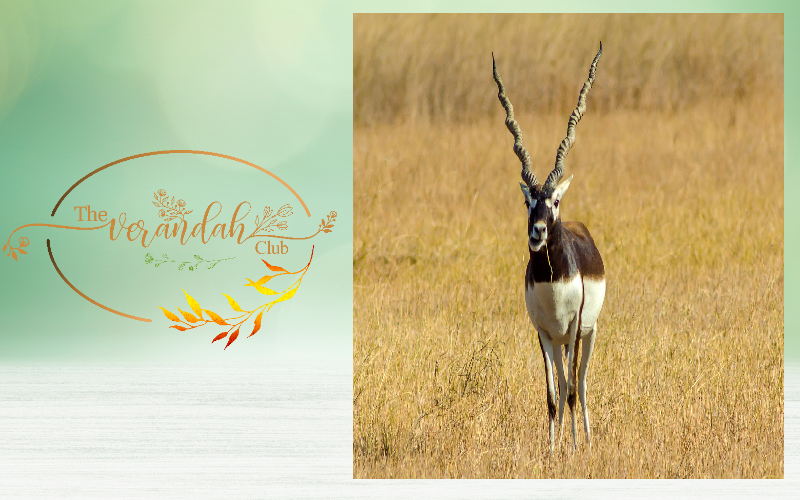
There are several species of antelopes in India. Of these, only two are considered to be sacred: the blackbuck and the blue bull.
Antelopes are distinct from deer because of their horns, which grow out of their skull and are found on both males and females. The horns are very strong and stay attached to the skull all the time, unlike deer that shed and regrow their horns, making them vulnerable to predators. Adult antelopes are feared by predators because of their strong horns which can treat the predators' skin and flesh and cause considerable harm.
Blackbuck
Scientific name: Antelope Cervicapra Linn
Commonly names: Kadiyal, Kala hiran (Hindi), Krishna jinka (Telugu), Iralai Maan (Tamil), Ena/Mriga (Sanskrit).
Distribution: Plains of India
The antelope first appears as the vehicle of Vayu, the wind; and the steed of the Maruts, the storm deities; the sons of Rudra; and Diti (Rig Veda, VIII. 96. 8). The association with Vayu is derived from the animal’s ability to run swiftly like the wind.
The antelope is also the vehicle of Soma, the divine drink whose effects were probably as swift as the wind, and the moon God, Chandra, also known as Soma in later literature.
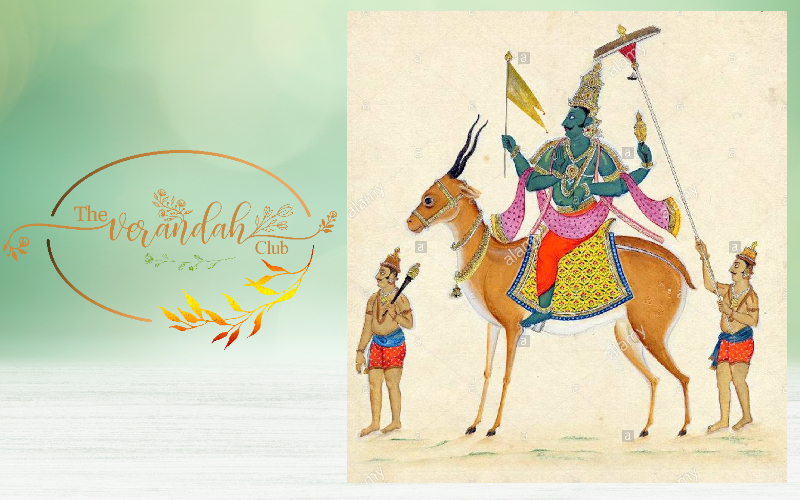
Shiva holds a horned stag in his hand, to represent his control over the restlessness of the mind and thoughts, for thoughts are like the antelope that fly swiftly as the wind.
The antelope mentioned in Sanskrit texts is the blackbuck, a fast-moving antelope found in North India. It has been associated with speed and dexterity, and kings of ancient and medieval India hunted them is large numbers.
The slaughter of antelopes in the medieval period became so alarming that a movement came up for its protection. This can be traced back to the fifteenth century, with the birth of guru Jamboji in 1485 CE, and his establishment of the Bishnoi cult. The blackbuck is held sacred by the Bishnoi tribe of Rajasthan, probably the most ecologically conscious community in the world, whose religion prohibits them from cutting a tree or killing an animal. The Bishnois, a sub-sect of Hindus, give primacy to animals and trees. Bishnois worship blackbucks as ‘Jamboji' and revere them as their ancestors. They are, therefore, objects of veneration. Before his death, Guru Jamboji had said that in his absence, his followers should revere the blackbuck as his manifestation. That belief continues and hunting the blackbuck is akin to killing the guru.
The blackbuck is the object of the Bishnoi prayers and killing is an unpardonable sin. The Bishnois have closed poachers at the cost of their own lives. Many Bishnois men have died protecting the blackbuck, while Bishnoi women have even breastfed the animal. The protection afforded to the animal, thanks to the Bishnois, has been so good that the animal has multiple into hundreds of thousands. Bishnois have played a major role in conserving blackbucks. Their crops are shared with wild animals and orphaned blackbuck farms are adopted and brought up by Bishnoi women.
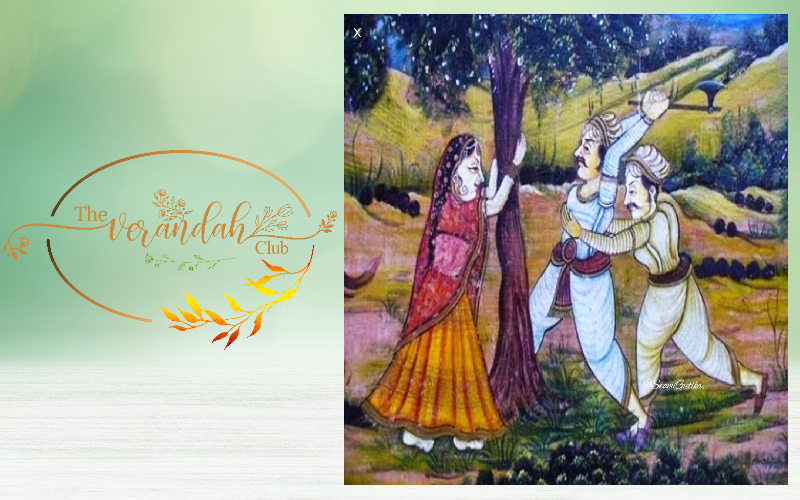
Unfortunately, no information is available on the sacrifices made by the Bishnois to protect the blackbuck, although there are records of people sacrificing their lives to protect the Khejri tree, the staple food of the blackbuck and a plant essential to the desert economy. In 1661 CE, Karma and Goura, two women from Ramasari village in Jodhpur district, sacrificed their lives to protect the Khejri trees by changing on to them. In 1730 CE, 363 persons, including sixty-nine women and 294 men, laid down their lives to save the Khejri trees from the soldiers of Maharaja Abhay Singh of Jodhpur. The Chipko movement of the Garhwal Himalayas, probably the world’s first environmental movement, was inspired by these incidents. This would make the blackbuck a part of India’s environmental history.
The blackbuck, known as ‘Krishna jinka’ in Telugu, is the state animal of Andhra Pradesh. However, there is no explanation from the state government as to why it was chosen, except that it was found in vast numbers in the state. At Ranibennuru and Mydanahalli of Madugiri taluk in Tumkur district of Karnataka, the blackbuck or ‘Krishna jinka’ is regarded as a sacred animal and protected by local people.
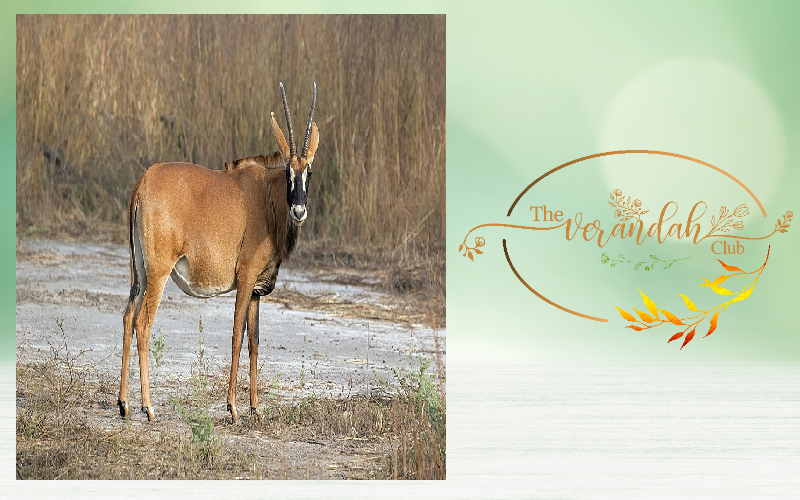
Ecological role and current status
The blackbuck is a species of antelope, a very fast runner who can outrun most predators over long distances. The maximum life span recorded is sixteen years and the average is twelve years. The horns of the blackbuck are ringed with three or four turns and can be as long as 28 inches. In male, the upper body is black or dark brown, and the belly and eye rings are white. The light brown female is usually hornless. Blackbucks roam the plains in herds of fifteen to twenty animals with one dominant male.
The blackbuck’s diet consists of grasses, pods, flowers, and fruits. By feeding on the Khejri tree (Prosopis Cineraria), which is almost the only tree that rises to some height and yields shade, fodder, and ultimately some timber, the blackbuck ensures its speedy regeneration, thereby making the harsh and desert livable. The Khejri is a hardy tree, known as the lifeline of the desert because of its multiple uses.
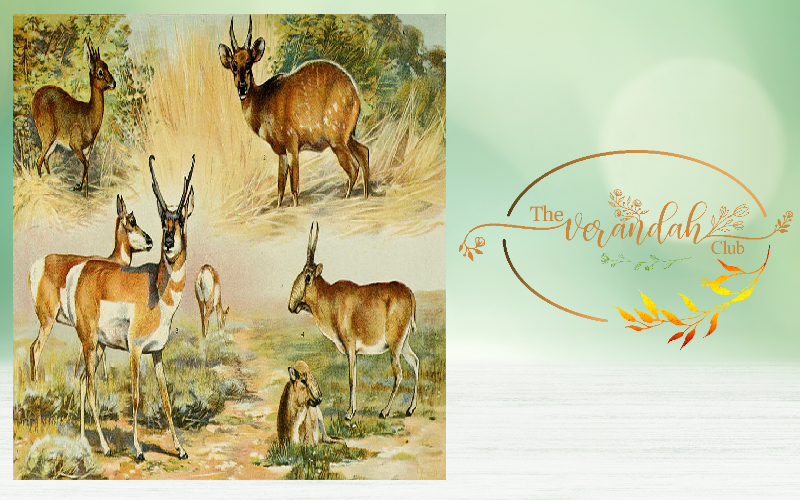
Although blackbucks are protected by law, there are incidents of poaching, while the remaining population is under threat from inbreeding. The natural habitat of the blackbuck has been encroached upon by man's growing need for arable land and grazing grounds for domesticated cattle. Exposure to domesticated cattle also express the blackbuck to bovine diseases. Once large herds freely roamed in the pains of North India, where they thrive best, but they no longer do.
During the eighteenth and nineteenth centuries and the first half of the twentieth century, the blackbuck was the most hunted wild animals all over India. Until India's independence, many rules hunted this antelope and the other local Indian gazelle, the chinkara, with specially trained Asiatic Cheetahs. Cheetahs would be taken to hunting fields in low sided bullock carts or on horseback, hooded and blindfolded, and kept on leash, while dogs flushed out their prey. When the prey was near enough, the cheetahs would be released and their blindfolds removed. This strange method of hunting was carried out to conserve the cheetah’s energy and watch the fastest predator chase and kill the fastest species of antelope. This tradition of hunting with the cheetah was introduced into India by the Persian invaders, and continued well into the twentieth century by Indian princes who enjoyed watching the macabre hunt.
The blackbuck is protected under Schedule I of the Wildlife Protection Act of 1972.

Nanditha Krishna is a historian, environmentalist, and writer based in Chennai. A Ph.D. in ancient Indian Culture, she is the director of C. P. Ramaswami Iyer and C. P. R. Environmental Education Centre. She is a professor and research guide for the Ph. D. programme of the University of Madras and has received several prestigious national and international awards.
(Extracts taken from the book ‘Sacred Animals of India’ by Nanditha Krishna).
NEXT ARTICLE

At the southernmost tip of this mesmerising ensemble lies the majestic Great Nicobar Island, boasting an impressive landmass of about 910 square kilom...

Bharath has always been a land traversed by spiritual masters/ Guru since time immemorial. These spiritual masters have always upheld the core princip...

South India contains its fair share of unique pilgrimage centres. These divine places of worship have a prominent Sthala Purana, devoted followers, di...